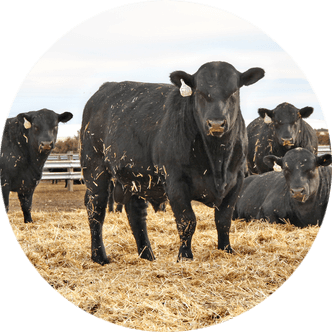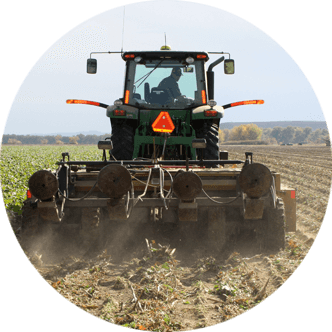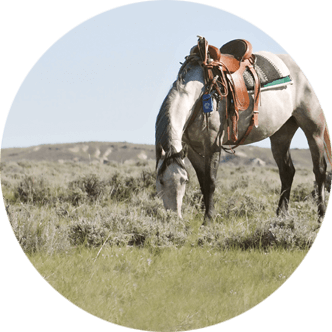UW Extension Education: Water Quality is an Important Consideration for Livestock Producers
Producers know the importance of having available water for livestock, but consideration for the quality and cleanliness of this water might be overlooked.
Water intake increases feed intake and promotes growth, lactation and reproduction. If livestock are drinking water, it must be adequate, although this isn’t always the case. If there is only one source of water, cattle will drink it regardless of the consequences.
Unsavory water supplies can lead to economic loss for producers and even death for livestock.
Water requirements
Cattle typically need two gallons of water per 100 pounds of weight each day. Outside temperature, humidity and lactation will affect water consumption. Additionally, fresh forage will produce some moisture for cattle and reduce actual water intake.
Cattle prefer water between 40 to 65 degrees Fahrenheit. Freezing or hot water will reduce overall consumption.
Common sources of water include ponds, moving water such as rivers and streams and stock water tanks.
Water quality
There are several criteria to assess when analyzing water quality, including odor, taste, chemical properties – pH – toxic compounds like heavy metals, excess minerals and bacteria.
Ponds can pose a variety of risks. If runoff is low in a drought year or as ponds start drying up, the concentration of salt and toxins increase in surface water. Additionally, stagnant water in hot, dry weather make ponds more susceptible to cyanobacteria or blue-green algae.
Symptoms of algae exposure include diarrhea, lack of coordination, labored breathing and death.
High-saline water will only be ingested if it’s the only water source. Salt poisoning signs include weakness, dehydration, tremors, seizures, partial paralysis and death.
Excess sulfates in water can also lead to diarrhea, mostly in younger calves. While most cattle will recover health, at very high sulfate levels there will be a performance slump, symptoms of polio and eventually death. High sulfates will deplete copper in diets.
Water testing
Water sources should be checked and tested annually. Noticeable odors of sewage, rotten eggs, mold or animal waste are immediate indicators of unsafe water.
Waterers should be cleared of algae and cleaned with a bleach solution of 1.5 cups of bleach to one gallon of water and left to sit for 15 minutes before being rinsed.
Water testing kits are available in many county Extension offices or can be found with little effort or cost.
Testing for nitrates and keeping them below 100 milligrams per liter, pH at neutral or alkaline below a seven and total dissolved solids and/or salinity to below 1,000 milligrams per liter is ideal for a healthy water supply.
A simple water analysis can save money on production, disease and livestock mortality.
Sara Fleenor is the University of Wyoming Extension agriculture and natural resources educator serving Crook County. She can be reached at sfleenor@uwyo.edu or 307-
283-1192.





